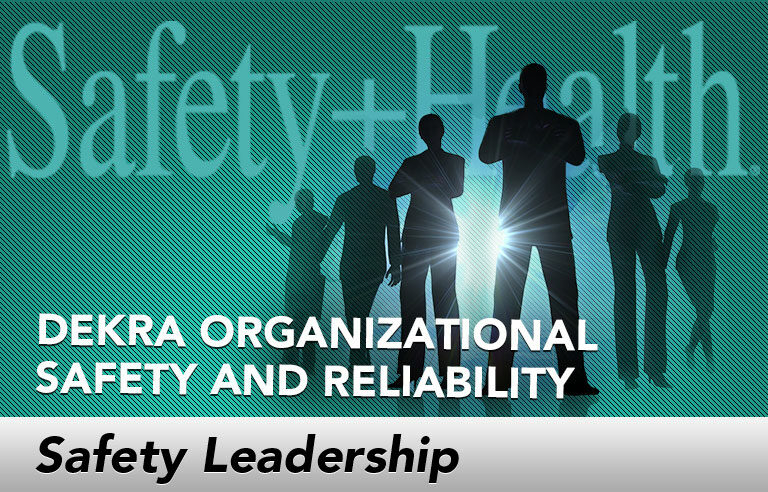Safety Leadership: What you need to know about the coming robot revolution

Editor’s Note: Achieving and sustaining an injury-free workplace demands strong leadership. In this monthly column, experts from global consulting firm DEKRA Insight share their point of view on what leaders need to know to guide their organizations to safety excellence.
The robots are coming! More and more companies are turning to computer intelligence to do most of the work in their manufacturing plants. In the automobile industry alone, a recent survey shows that 85 percent of respondents expect smart robots to be highly relevant in their manufacturing by 2030. There’s no doubt the factory as we know it today is changing radically, and the effect on workplace safety will be huge.
Picture this: a car factory where driverless transport systems – guided by a laser scanner and radio-frequency identification technology embedded in the floor – move the car bodies on individual journeys throughout the assembly process. Smart glasses notify a human worker that a part is needed in the production. A robot navigates storage to get the part and delivers it to the worker. The worker then places the part in the hands of another robot that executes the necessary task.
The physical risks to the worker on this kind of production floor are minimized substantially. That’s the good news. The bad news is that the risks of cyberattacks and malfunctions skyrocket.
I recently visited with a colleague who is dealing with this hypothetical scenario right now in the real world. Stefan Rutten’s job is to troubleshoot cybersecurity issues that arise in a pilot project DEKRA Insight is conducting with an automobile manufacturer in Europe. We call it the “Industry 4.0” lab, and its goal is to test all the components necessary for the automobile manufacturer to make cars through the Internet of Things.
“The point here is not to kick humans out of the production process,” Rutten said. “Our goal is to build a system where people are more flexible and can handle more.”
Rutten said his work has revealed several surprises to him about what safety leaders need to address with computer intelligence. Among these surprises:
- There currently are not enough standards covering wireless cybersecurity in the workplace.
- Most of the international safety standards in place are based on physical processes and procedures (not cyber ones).
- Not enough is being done to certify the safety of all the different computer parts involved in the assembly of new Cloud-friendly products.
Rutten said the first two challenges can be addressed by having global safety leaders come together to update and unify the standards for computer intelligence production.
The final challenge – which some call “security by design” – requires a different solution. That’s because a Cloud-friendly vehicle, for example, can require a lot of involvement from third-party companies during production, and all these parts and services have the potential to be corrupted – intentionally or not. As we know, potential equals risk. Risk affects safety.
“In the past,” Rutten said, “the biggest safety concern of car makers was what was going on under the hood of their cars. In the future, it may very well be what’s going on in the Cloud. It’s not in the car itself anymore.”
This is why DEKRA is committed to shaping the future of the cyber certification business. We see a future in which DEKRA is checking the software of each cyber component used in the product assembly of a car, and “hashing” – or permanently coding – parts deemed safe. This added layer of protection would ensure a smoother – and safer – driving experience.
It’s ideas such as this that make Stefan and me optimistic about our victory in the coming robot revolution.
This article represents the views of the author and should not be construed as a National Safety Council endorsement.
 Jill Wiltfong is senior vice president of Business Innovation at DEKRA Insight and DEKRA Business Assurance.
Jill Wiltfong is senior vice president of Business Innovation at DEKRA Insight and DEKRA Business Assurance.
 Stefan Rutten is portfolio and innovation manager for DEKRA Certification.
Stefan Rutten is portfolio and innovation manager for DEKRA Certification.
Direct to your inbox: Sign up to be notified in email about new "Safety Leadership" columns.
Post a comment to this article
Safety+Health welcomes comments that promote respectful dialogue. Please stay on topic. Comments that contain personal attacks, profanity or abusive language – or those aggressively promoting products or services – will be removed. We reserve the right to determine which comments violate our comment policy. (Anonymous comments are welcome; merely skip the “name” field in the comment box. An email address is required but will not be included with your comment.)

